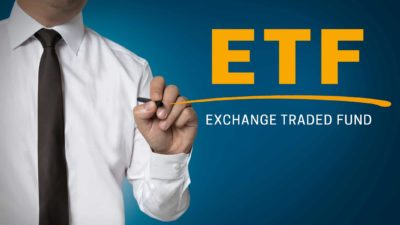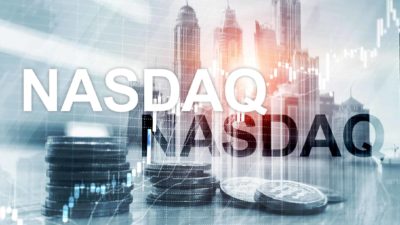The two largest economies in the world are currently embroiled in an open trade war.
The United States fired the first shots, with US President Donald Trump initially placing a 25% import tax on goods entering the United States economy from the People's Republic of China.
That 25% tariff now feels like a long time ago. In a series of escalations that have descended into an outright trade war, China has retaliated, with the US retaliating to China's retaliation. As it currently stands, the US imposes a massive 145% tariff on Chinese imports, while the Chinese government reciprocates with a 125% levy on American imports.
Only a few days ago, Trump announced that certain electronics would be exempt from the China tariff. But those narrow exemptions are the only concession either side has made so far in this growing trade war.
This whole saga appears to be a classic game of brinkmanship. When it will end is anyone's guess. Meanwhile, every other country is breathing a sigh of relief after Trump delayed the imposition of the other (and severe in many cases) 'reciprocal' tariffs that he first announced on 'Liberation Day' on 2 April.
For now, there is no global trade war.
However, don't forget that the US still maintains a baseline 10% tariff on most imports entering the United States.
So, it goes without saying that both the US and Chinese economies are about to enter a volatile period, with China's economy arguably in the firing line. They previously had a very lucrative trade relationship worth hundreds of billions of dollars. Now, direct trade between the two countries will almost certainly grind to a halt.
These ASX ETFs are in the trade war firing line
This trade war has implications for investors, even here on the ASX.
So, which ASX exchange-traded funds (ETFs) are the most exposed to the Chinese economy? That's what we'll be diving into next.
Obviously, any ASX ETF that holds a significant number of Chinese stocks will bear the brunt of any fallout in the Chinese stock markets.
First up, let's check out the iShares China Large-Cap ETF (ASX: IZZ).
This ASX ETF is completely exposed to Chinese stocks. It holds around 50 of the largest Chinese companies listed on the Hong Kong stock exchange. Some of its largest holdings include Tencent, Alibaba, Meituan, and Xiaomi Corp.
The iShares China Large-Cap ETF is down by more than 14% since mid-March.
What about mainland Chinese stocks?
Another China-focused fund that might cop some heat from the trade war is the VanEck China New Economy ETF (ASX: CNEW).
This ETF is a little different from IZZ. Instead of the Hong Kong stock exchange, CNEW exclusively tracks consumer discretionary, consumer staples, healthcare, and tech stocks listed on the Shanghai and Shenzhen exchanges. Its largest holdings include Yankership Food Co, Runben Biotechnology Co, and Shanghai Allist Pharmaceuticals.
At current pricing, the VanEck China New Economy ETF has slumped by around 9% since mid-March.
A final fund that could take a trade war hit is the VanEck FTSE China A50 ETF (ASX: CETF). This fund is similar to IZZ. However, it holds 50 of the largest companies on mainland China's stock exchanges, rather than Hong Kong.
Its largest stocks include Kweichow Moutai Co, BYD Co, China Yangtze Power Co, and Contemporary Amperex Technology Co.
CETF units have retreated by more than 6% since mid-March.









